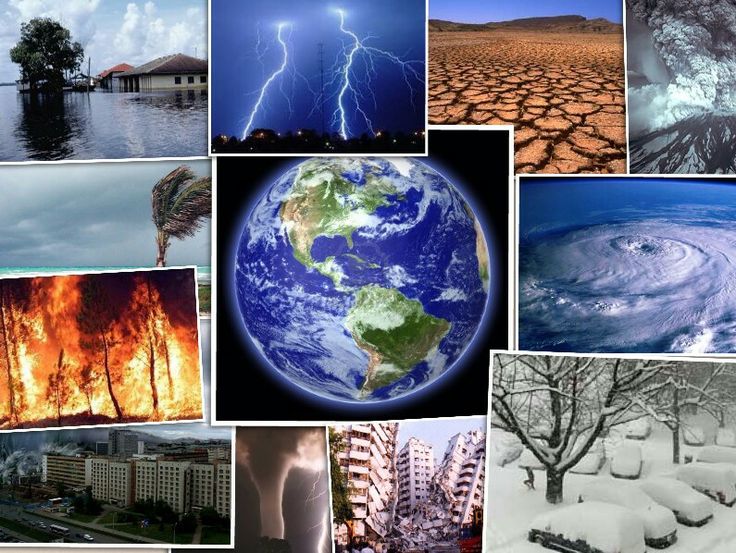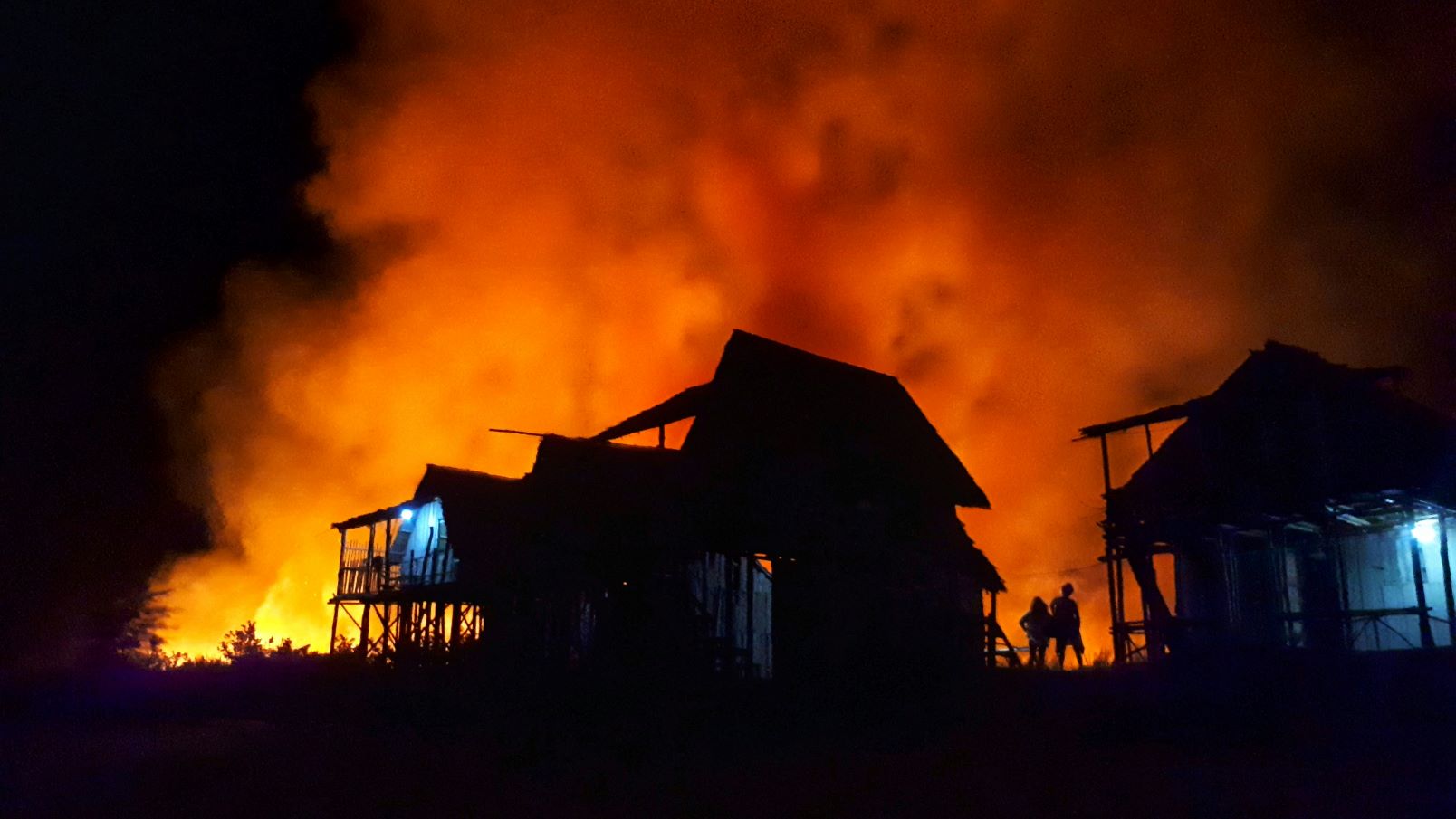Hurricane-resistant construction may be undervalued by billions of dollars annually




Hurricanes are part of the seasonal realities of life in Florida. Each year hurricane-related wind damage results in $14 billion in losses, according to a 2019 Congressional Budget Office report.
But the value of mitigating this wind damage through more robust construction methods may be significantly underestimated, according to a study by Ipek Bensu Manav, an MIT graduate student in civil and environmental engineering and research assistant at MIT’s Concrete Sustainability Hub,
Indeed, according to wind loss models, the benefits of preventative measures such as more hurricane–resistant housing could be undervalued by as much as 80 percent.
MIT researchers computed expected losses and benefits statewide for hurricane wind damage and its mitigation. They found that $8.1 billion could be saved annually when homes were mitigated with simple measures such as stronger connections between roofs and walls or tighter nail spacing.
The findings were based on a study of several mitigation measures applied to over 9.3 million housing units spread across 6.9 million buildings in Florida.
Hirricane-related losses were found to be higher in census tracts along the coast because these areas tend to be more dense and ordered, leading to higher wind load amplifications.
According to the models used, loss implications are exceptionally high for single-family homes because they are more susceptible to damage and have a higher replacement cost per housing unit.
The study notes that these loss estimates could be much higher because climate change makes hurricanes frequent and their wind speeds more intense over time.
Conventional loss estimation models value these same measures as saving only $4.4 billion per year. This means that traditional models underestimate the value of more robust construction by over 80 percent.
“It is important that the benefits of resilient design be quantified so that financial incentives — whether lending, insurance or otherwise — can be brought to bear to increase mitigation. Manav’s research will move the industry toward justifying these benefits,” says structural engineer Evan Reis, the executive director of the U.S. Resiliency Council.
The study recommends that coastal states enhance their building codes, especially in densely built-up areas, to save dollars and lives. It suggests that current building codes do not sufficiently account for wind load amplifications.
“Even a building built to code may not be able to protect you and your family,” says Manav. “We need to properly quantify the benefits of mitigating in areas exposed to high winds so we promote the right standards of construction where losses can be catastrophic.”
Manav’s work aims to provide citizens with the information they need before disaster strikes. She has created an online dashboard where you can preview the potential benefits of applying mitigation measures in different communities.
“Our results sound the alarm that wind loads are more severe than we think,” says Manav.
“During my research, I kept hitting a wall. I found it difficult to use publicly available information to piece together the bigger picture,” she comments. “We started developing the dashboard to equip homeowners and stakeholders with accessible and actionable information.”
More information on the study is available here. The full paper is available here: “Texture-Informed Approach for Texture-Informed Approach for Hurricane Loss Estimation: How Discounting Neighborhood Texture Leads to Undervaluing Wind Mitigation.”
More information on the value of disaster-related mitigation measures is available here “Future-proofing Our Infrastructure,” an article by the Pacific Northwest Building Resilience Coalition.
_________________________________________
Adapted from source MIT News Image by reslmaier from Pixabay
Recent Posts
Future of Modular Construction Using Concrete and Masonry
These factors collectively position modular construction as a key player in shaping the future landscape…
The Future of Cement as a Sustainable and Resilient Building Product
The future of cement shaping up to forge a more sustainable construction industry that meets…
The Growing Importance of Resiliency in the Design and Construction of Buildings
Resiliency is becoming increasingly important in building design and construction due to the rising frequency…
GCCA Global Low Carbon Ratings for Cement and Concrete
The Global Cement and Concrete Association (GCCA) has developed a standardised low carbon rating system…
Building for Resiliency with Insulated Concrete Forms
Building with Insulated Concrete Forms (ICFs) is increasingly recognized as a critical component of modern…
Building Resiliency in the Pacific Northwest
In the Pacific Northwest, the increasing frequency and severity of climate-related disasters, such as wildfires,…


